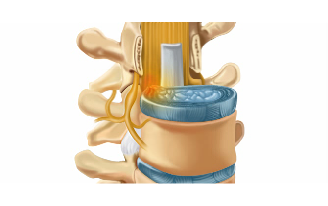- Spine Clinic
- About Our Spine Clinic
- C-Spine
- L-Spine
- Joint Clinic
- About Our Joint Clinic
- Knee
- Shoulder
- Hips
- Small Joint Clinic
- About Our Small Joint Clinic
- Hand
- Foot

+82-31-783-9623
+82-10-2783-6676
Our medical experts at BSH promise to provide honest and exceptional care.

 Staying seated for a long time with poor posture
Staying seated for a long time with poor posture External trauma to the neck
External trauma to the neck Lifting heavy objects
Lifting heavy objects Non-surgical Treatment
Non-surgical Treatment
Rest, medication, physical therapy, chiropractic care, exercises, Injection treatment

Epidural Decompression – Epidural injections (thickness of 1mm) are administered into the epidural space to reduce inflammation of the nerve and the disc.

Low temperature high radio frequency Neuroplasty– Your doctor uses low temperature high frequency technology inside your cervical disc to return the disc to a normal size and reduce pressure on the nerves.
 Surgical Treatment
Surgical Treatment
Anterior Cervical Discectomy and Fusion – The surgeon makes a small incision on your neck and exposes the bony vertebra and disc. The portion of the ruptured disc that is pressing on the nerve is removed, and then filled with a bone graft to create a fusion. This will provide stability and pain relief for your neck

Minimally Invasive Arthroscopic Posterior Cervical Laminectomy– The surgeon makes a tiny incision in the back of your neck, and the ruptured disc is removed and the spaces through which the nerve roots exit the spine are enlarged to prevent future pinching.

Cervical Artificial Disc Replacement– The artificial disc is inserted into the damaged joint space and preserves motion and prevents disc degeneration.